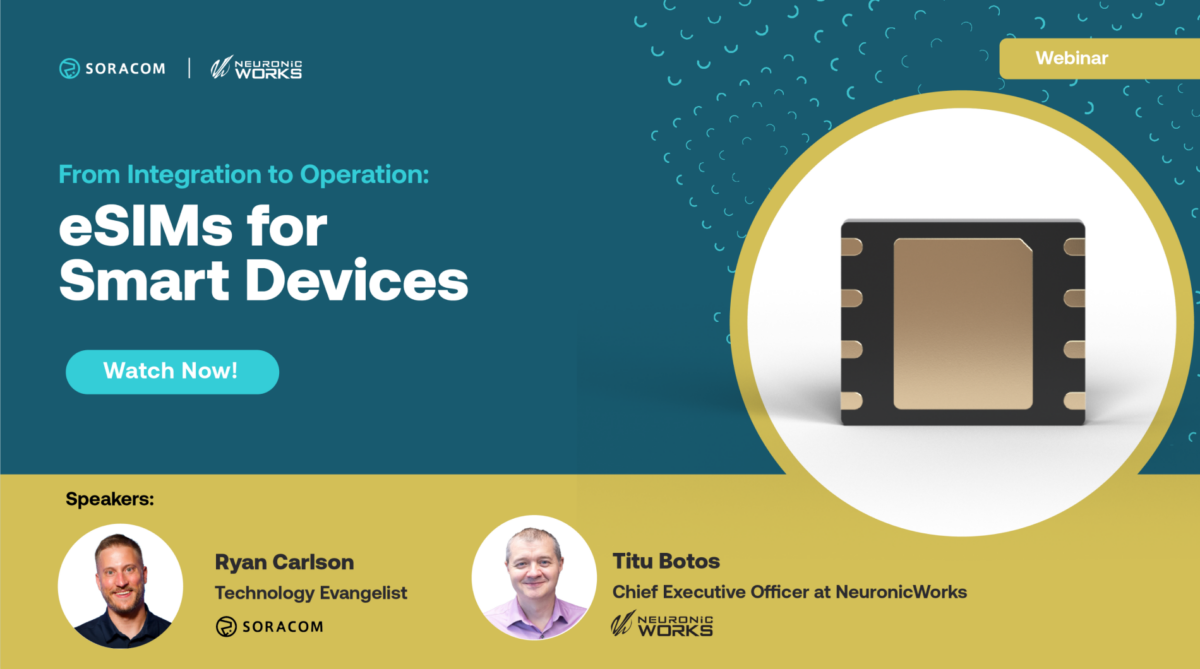Why Do IoT Projects Fail?

In an effort to improve efficiency and develop better business practices, an increasing number of companies are turning to IoT projects. With the IoT expected to have a global impact of between $4 and $11 trillion by 2025, there are bound to be some successful projects that outpace expectations, and still others that fall well short of their goals.
It is estimated that around 75% of IoT projects fail to achieve their desired results. There are many reasons why a project may not produce the desired results, but many of them can be easily avoided with more conscious forethought and a few smart partnerships.

Incomplete IoT Solutions Yield Incomplete Results
IoT technologies continue to evolve at an unprecedented rate, as do the applications for these solutions. As such, it is easy to get excited about the potential of the latest IoT device, and what it can do for an enterprise. Yet, while the ability to gather data is paramount to the success of IoT projects, it’s just as important to know what to do with that information once you have it.
A recent survey of manufacturers and distributors found that though 47% of respondents had invested in sensors and IoT networks to better address their business needs, only 20% had invested in data analytics tools to make sense of the data. This short-sighted approach to an IoT project leaves the business unable to make the most of the data gleaned from their sensors, limiting the efficacy of the whole endeavor.
Paulo De Matos, Chief Product Officer at ERP Software firm SYSPRO that many of the issues come from businesses outsourcing these solutions without a complete understanding of what their IoT project needs to be successful.
“When deep-diving into the reasons behind the disconnect between digital strategy vs. digital execution, we found that 71% of businesses outsourced it to external service providers with no real understanding of the core business challenges or everyday reality of what was affecting the business,” he said.

IoT Projects Can Be Hampered By a Lack of Domain Expertise
Microsoft’s 2019 IoT Signals Survey found that 50% of companies building IoT solutions cited a lack of knowledgeable staff as the biggest challenge to the completion of their project. Approximately 47% of respondents felt that their organization lacked the adequate staff and skillsets to complete IoT projects.
Though this perceived skills gap spans numerous disciplines across the IoT landscape, networking and connectivity seem to be a particular concern among many organizations.
“We have seen networking as the biggest surprise to companies as they are pursuing different initiatives, whether that’s cloud computing, big data, or IoT,” Seth Robinson, senior director of technology analysis at CompTIA, told IoT World Today.
Network security and device tracking and management were also among the skills that were most desired among those surveyed.
Given that many organizations are only starting to experiment with IoT solutions, it’s understandable that this expertise may not exist within a company’s current staff. This is another area in which strategic partnerships can help address shortcomings within an organization, even as they attract new talent and upskill the existing workforce.
“All of this stuff is becoming very complex, and few companies have the wherewithal or the desire to have all their skills in-house, and they are thinking about where they want partnerships,” said Robinson. “Companies are grappling with that as they build their skills.”

Connectivity May Be a Stumbling Block For the Unprepared
A 2021 report from satellite connectivity provider Inmarsat found that 47% of the companies surveyed lack the necessary skills to manage the connectivity needs of their IoT projects. This is an area where partnerships are essential, particularly when dealing with larger deployments with hundreds or even thousands of individual IoT devices.
Some of the key connectivity challenges that can sink IoT projects prematurely include:
- Billing: Though smartphones and other mobile devices may have “unlimited plans” no such thing exists for IoT devices. Large deployments that are not carefully plotted can easily rack up costs, which can hurt the viability of an IoT project in a business setting.
- Power consumption: Though IoT devices don’t draw a lot of power on their own, having one (or more) go down because of a depleted battery can lead to costly downtime or incomplete datasets.
- Scalability: With so much investment in IoT, businesses must be prepared for the challenges that come with growing their deployment. Powering, connecting, monitoring, and potentially servicing a fleet of hundreds of individual devices (and the SIMs they contain) can be a pitfall for developers without a meaningful plan (or partnership) in place.
- Security: Of course, any network of devices connecting to the internet faces potential incursions from hackers. Companies will need to devise a strategy for securing these newfound access points, as most IoT devices are shipped without any innate security features and have not been patched, leaving them open to known vulnerabilities.
- Protocol/Technology: There is no one-size-fits-all connectivity solution that will work for every deployment, and selecting the wrong option can result in an underpowered deployment, unsustainable costs, or limited range. It is essential to research the various connectivity options available before selecting which protocol will connect your fleet to the cloud.

Strengthen Your IoT Projects With Smart Partnerships
Of course, these are only some of the potential reasons that IoT projects fail, but they all have one thing in common. Each of the factors discussed above can be addressed by forming a secure partnership with a proven IoT provider.
It’s important to research any would-be partnerships before entering into an agreement. For example, a good IoT partner should be able to help teams design an IoT solution that works for their specific use case. Their connectivity solutions should be versatile, with experts capable of prescribing the technology (or technologies) that meets your specifications. They should be able to support and scale your project with services to help keep your data safe and secure.
Soracom can do all this and more. Our solutions architects and global support teams are ready to help developers maximize the efficiency of their IoT projects. We are constantly iterating and improving our services to provide the most versatile solutions to our partners. Best yet, we partner with some of the largest Telcos in the world, which allows us to offer widespread connectivity options that can keep any deployment up and running.
………….
Do you have questions about an IoT project? Speak with one of our experts today to learn how Soracom has helped more than 20,000 innovators deploy, scale, and secure their IoT projects.





